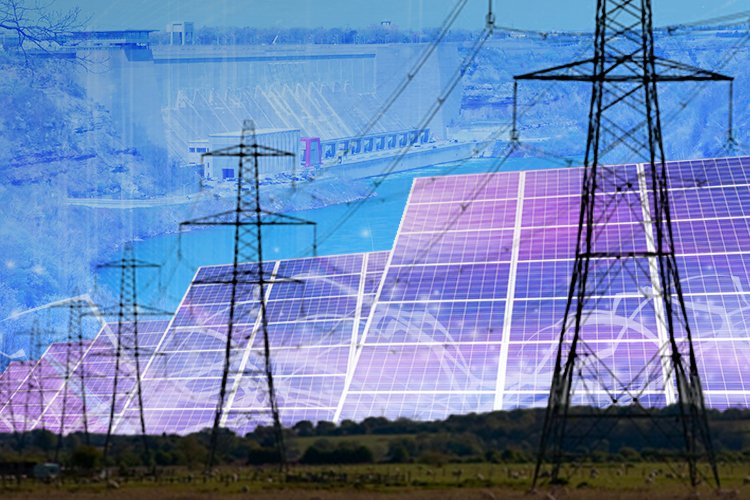How DLT Can Reshape The Power Redistribution

Even though blockchain “took the world by the storm” and “walks all over,” it’s success in energy were seriously lacking for a long time. R&D prices were way too high, it benefits was inconclusive, hopes were far from reality. But with the passage of time, the situation has changed.
What can blockchain give to the industry, aside from lots and lots of buzzwords, that are used to in ICO presentations to mooch out few millions out of the naive investors? First of all -blockchain in the energy industry is about P2P transactions of energy. Which means direct sales of power, without third party involvement.
And the third thing - users can sell their excess energy via smart contracts like it’s possible in the Brooklyn microgrid, that was created by the LO3 in partnership with Siemens, It allows to sell it and not return it into the main grid. Don HAM, Vice president of Refresh Smart Home, in an exclusive talk with Bitnewstoday.ru, shared his insights on the development and future mainstream inclusion of blockchain and latest trends in renewable energy
“We are living in fascinating times and we not only can create a healthier home and work environment for our families and colleagues using the latest technology, but we also have the opportunity to make a far-reaching impact on saving our planet by shifting to renewable energy. Convergence of the internet of things and cheap renewable energy will revolutionize the whole energy industry. As we see with Uber and, the world is shifting to a shared economy. This will also be the same with energy. People will be able to have their micro-grid buying and selling their renewable energy to their neighbors on the blockchain and eventually to anyone in the world who is also plugged into the system.”
Another important aspect of the blockchain - rapid improvement of already existing electric grids. Blockchain allows simplifying the massive amount of services, which were taking tremendous amounts of time before that. The good example of such systems allows transferring from one energy provider to another one fast and easy. Once again - before blockchain, it was taking a huge amount of time and paperwork.
Such blockchain solution already exists in England and backed by institutional investors money. They got money from a number of major energy providers, and they also managed to get support from Japanese electro industry giant - TEPCO company.
Such projects have a large future in the countries with hot and sunny regions with developing economies. For example, even under sanctions, alternative energy has a lot of potentials. Our source in Iran, Mehran FANI from AzamTech, told us that even in the complex Iranian economic environment, investments in alternative energy have a reason. “Even now, despite international sanctions, you can profit from it. Small companies are not going to cut it at the current economic situation - not with the current feed-in-tariffs, but it’s possible to make renewable energy in Iran interesting for foreign investors.”
And another big and interesting thing that blockchain gave to the energy industry is the ability to tokenize everything. Companies that embrace the blockchain can pay each other and their customers via tokens, or reward their customers for specific actions, like saving energy, like it is working in the PowerLedger, Australian smart energy project, that was financed by their government, which pays its users for the energy returned into the network. There are also unique examples of cases like that - for instance, in South Africa, a company called Bankymoon, created such thing as a prepaid smart meter, that allows it’s users to pay for exact amount of energy they need and access it only when they need it, which is essential in the sometimes harsh economic environment of Africa.
It is clear that blockchain has a bright future in the energy industry, even if it’s not as obvious as many would’ve wanted it to be. Usage of the blockchain on the large, industrial scale is not for everybody right now and at the moment and in the nearest future - market will be saturated by the small and medium-sized companies that are mostly fiddling around with experimental and innovative stuff, that is highly dependent on the goodwill of the local government and countrywide initiatives (Feed-in-tariffs for example).
It is unlikely that they will become mainstream in their current form - since technology has advanced, but it’s still not quite there. PV screens are not installed everywhere, and wind turbines are not installed on every roof.